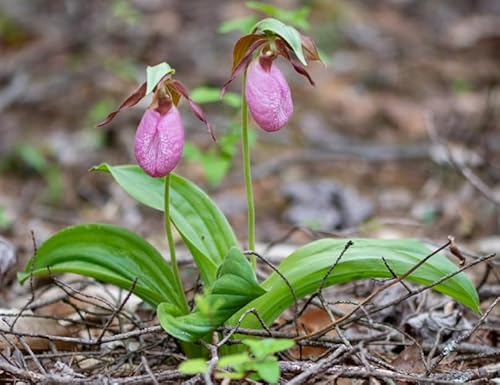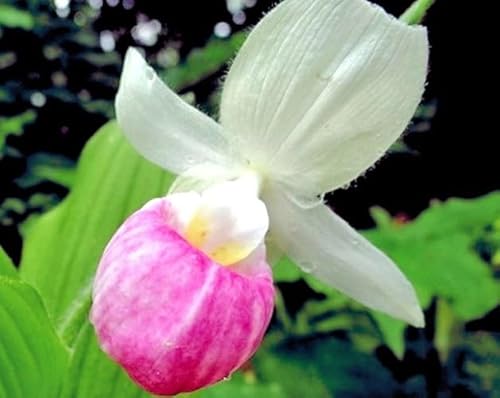OK, after reading the K-lite articles several times I noticed a few things. First and foremost, to my understanding there were too many different variables- adding dolomite, epsom salts, well water(more calcium), and bone meal, along with using K-lite made drastic improvements, so realistically you can not give credit to K-lite for those improvements.
You miss the point. All of those additional variables have been used and tried for years in combo with standard fertilizer (msu) without widespread dramatic growth improvement. The point you overlook is that all of them are giving dramatic results only when combined with K-lite.
I looked up potassium toxicity and poisoning in orchids, and found nothing conclusive other than references to the AOS article and posts on slippertalk(or references from other sites referring to ST).
You probably fund nothing at all rather than nothing conclusive, because no one in the past studied the concept.
I am no scientist so I decided to talk to 3 of the best commercial growers in Hawaii. All of them are using an 'MSU' type fert at slightly different dilutions ranging from 150 ppm down to 50 ppm.
They don't agree with each other even on the strength to use MSU?
They grow all types of orchids, including paphs and phrags and without question have some of the best looking, healthiest orchids I have ever seen.
Do they grow in less than ideal conditions like most orchid collectors/ Artificial lights. small greenhouses, windowsill, ect? Or do they have big airy nurseries in perfect natural conditions?
When I mentioned low K one said don't believe everything you hear/read
Take his advice and don't believe everything you hear....including the advice you heard from him.
and the other 2 laughed at me.
Take the advice from the first one and ignore anyone that laughs at a new idea.

oke:
Not only do they not believe in potassium toxicity they ADD substancial amounts of potassium to thier fert regularly, and have for years!
As do and have done most commercial growers. That just does not mean they are growing the best possible plants.
I think that the real key to success with ANY type of fert is getting the proportions and Ph right. The formulation of Potassium nitrate they are adding is 13.7 - 0 - 46.3, adding it to a 15 - 5 - 15, at the low end 20%. So now I am adding my K-lite 50/50 with the 13.7-0-46.3. The key, as it was explained to me, is that the use of epsom salts, dolomite, and calicum nitrate in the proper proportions and timing will effectively adjust the Ph to the proper range and your plants will uptake the nutrients they need in the proper amounts.
This is not a secret that was never tried before. The ratio you are creating is designed to grow plants as fast as possible and it works well. But it does not solve the long term health problems that arise when plants are grown in less than perfect conditions. K-lite is showing to resolve the health issues.
Two biologists and one farmer with almost 100 years combined experience between them, with over 500 registered hybrids, over 100 AOS awards, growing the BEST plants I have EVER seen must know something.
They are good salesmen also. Ask the one why he only applies 50ppm and ask the other why he applies 150ppm and see what they say. Then tell one of them that the other one said they did not know how to fertilize orchids and I bet that guy will say the other one does not know anything.
Only one out of three gave you the correct advice and you should listen to him.... "Don't listen to everything you hear/read". Try it yourself and learn if you want to become a better grower.
I will be going to the nurseries where the extra potassium programs are in place and posting pictures over the next few weeks.
Love to see pictures!
Sneak out back and take some pictures of their compost piles too.

oke:












